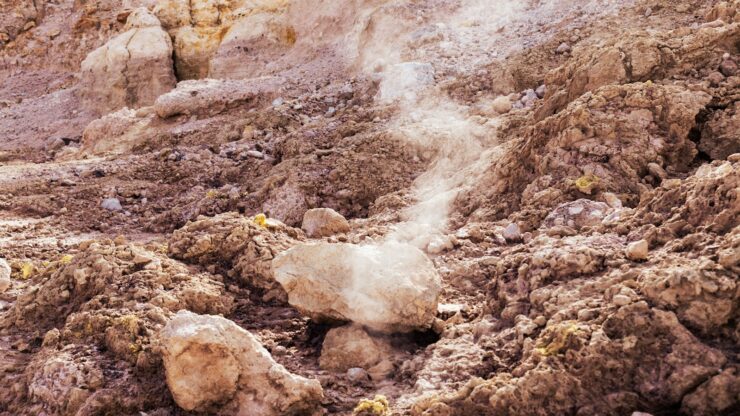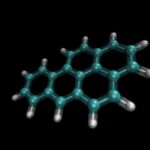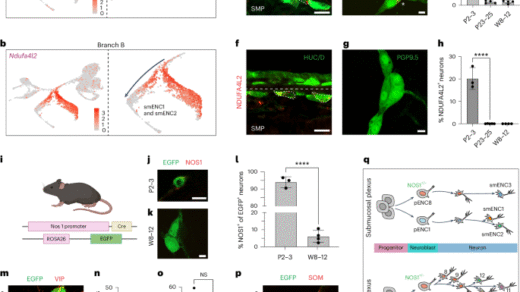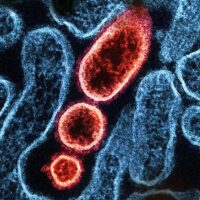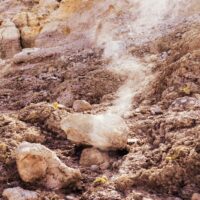The sulfur cycle is a biogeochemical cycle that tracks the movement of sulfur through key reservoirs on Earth, including the atmosphere, biosphere, and lithosphere. As the tenth most abundant element on the Earth’s surface, sulfur is vital for life.
1. The Importance and Reservoirs of Sulfur
Sulfur is an essential element for living organisms because biomolecules like proteins and nucleic acids contain it. Crucially, the amino acid cysteine incorporates sulfur, and it helps form disulfide bonds within proteins. These bonds are fundamental because they determine the 3-D folding patterns of proteins, which dictate their functions.
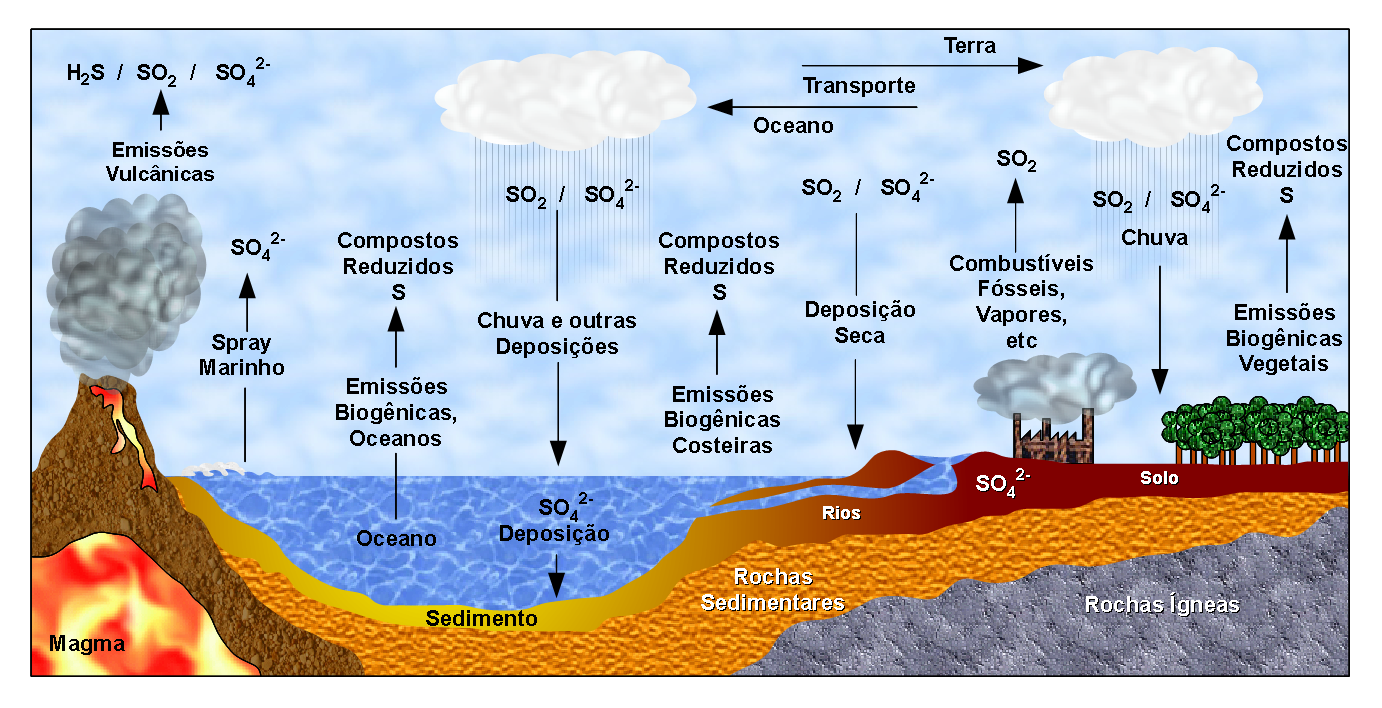
The lithosphere (rocks and soil) holds most sulfur reserves, serving as the main reservoir for sulfur compounds. Sulfur remains stable in multiple oxidation states, enabling it to form a diverse group of organic and inorganic compounds. Unlike inorganic phosphorus compounds, sulfur molecules generally dissolve more readily in water, which enhances their availability to plants and microorganisms in the soil. Sulfur compounds can function as oxidants or reductants, depending on their oxidation state.
2. The Movement of Sulfur Through Ecosystems
The sulfur cycle involves complex terrestrial and atmospheric processes, featuring both oxidation and reduction reactions.
Atmospheric Cycling and Deposition
Sulfur enters the atmosphere primarily as sulfur dioxide (\(SO_2\)) and hydrogen sulfide (\(H_2S\)).
- Sources of Atmospheric Sulfur: \(SO_2\) largely originates from human activities, such as the burning of fossil fuels. Natural sources include volcanic activity and geothermal vents. Microbial action primarily releases \(H_2S\) during the decomposition of dead organisms in both terrestrial and aquatic habitats. The anaerobic decomposition process releases \(H_2S\), which subsequently oxidizes in the air to form \(SO_2\).
- Deposition: Sulfur returns to land and oceans through precipitation, direct fallout, rock weathering, decomposition of organic material, and geothermal vents. When \(SO_2\) dissolves in rainwater, it forms weak sulfuric acid (\(H_2SO_4\)), leading to acid rain. The weathering of sulfur-containing rocks also releases sulfur into the soil. Sulfur particles (aerosols) falling out of the atmosphere assist in cloud formation.
Biological Uptake and Release
Once sulfur reaches the terrestrial and aquatic biospheres, life can access it.
- Assimilation: Plants take up soil sulfates (\(SO_4^{2-}\)) through their roots, incorporating sulfur into the food web. Organisms in marine ecosystems also assimilate sulfate.
- Microbial Role: Microorganisms play a crucial role, possessing specialized enzyme systems to form different sulfur compounds. When organisms decompose, they release sulfur back into the soil and atmosphere. Sulfate-reducing bacteria, often anaerobic, convert the oxidized form of sulfur (sulfate) into sulfides, producing \(H_2S\) gas. Examples of these bacteria include Desulfovibrio desulfuricans and Desulfotomaculum nigrificans.
- Lithification: Sulfur that does not circulate in the food chain settles into deep terrestrial and marine environments and remains there in a combined form (such as FeS) in rocks.
3. Chemosynthesis and Human Impacts
The sulfur cycle includes specialized biological processes, as well as significant alteration due to human activity.
Chemosynthesis: Sulfur as an Energy Source
While most autotrophs rely on photosynthesis, some microorganisms utilize chemosynthesis to produce food. Chemosynthesis uses chemical energy instead of light energy.
- Process: In this process, microorganisms use the oxidation of inorganic molecules, such as hydrogen sulfide (\(H_2S\)) or ammonia (\(NH_3\)), as an energy source to convert carbon molecules (usually \(CO_2\)) into organic matter.
- Location: Many chemoautotrophs are extremophiles living in harsh conditions, such as around deep-ocean vents called “black smokers,” where sunlight is absent.
- Ecosystem Function: These bacteria use compounds like \(H_2S\) flowing from the vents for energy. Consumers like giant tubeworms depend on these chemoautotrophs, often forming a symbiotic relationship where the bacteria convert chemicals into food for the worm.
Human Alterations of the Cycle
Human actions have greatly altered the global sulfur cycle.
- Acid Deposition (Acid Rain): The burning of large quantities of fossil fuels (especially coal) releases substantial amounts of \(SO_2\) into the atmosphere. This \(SO_2\) forms sulfuric acid, contributing to acid deposition. Acid rain damages aquatic ecosystems by lowering the pH of lakes, which often kills resident fauna. It also causes the chemical degradation of buildings and human-made structures, such as marble monuments.
- Industrial Release: Industrial processing and petroleum refining also release sulfuric acid and sulfur dioxide.
- Agricultural Practices: Adding sulfur-containing artificial fertilizers to soil can affect microbial activities, plant growth, and soil fertility.
- Climate Effects: The release of \(SO_2\) increases particles in clouds, potentially increasing the Earth’s temperature and heightening the extent of acid rain.

